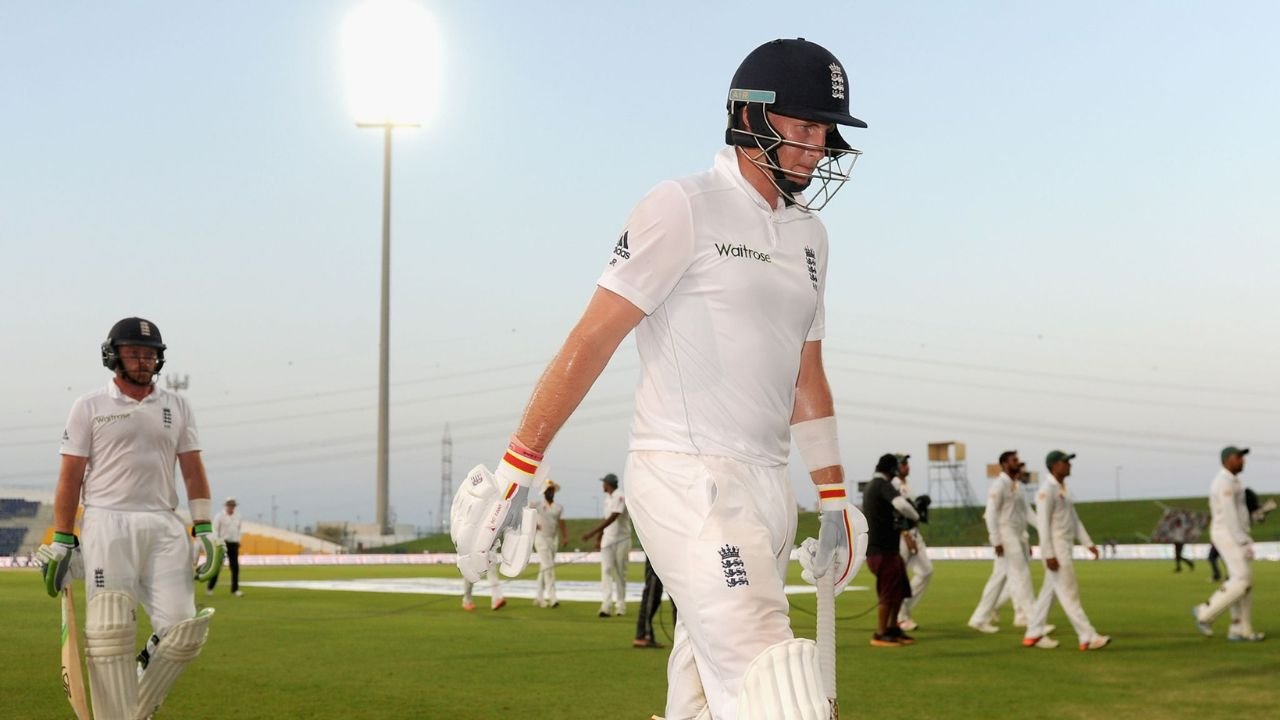In a world increasingly dominated by fast-paced, high-scoring T20 leagues and franchise cricket, the recent resurgence in the popularity of Test cricket is nothing short of remarkable. The spark, perhaps, came when England chased down a massive target of 371 against India in the first Test, but the real story goes far deeper than just one match. The love for the longest format of the game has been simmering under the surface for years, and now, with performances that remind fans why they fell in love with the sport, Test cricket is roaring back to life.
A Surge in Test Cricket Sentiment
The morning after England’s thrilling chase, social media platforms lit up with messages praising the timeless elegance of Test cricket. Posts flooded in declaring:
- “Test cricket is the best format.”
- “This is the Rolls Royce of cricket.”
- “There’s simply nothing like five-day cricket.”
These were not just casual comments but a passionate outpouring from fans who have felt the need to defend their beloved format against the rise of shorter versions of the game — especially tournaments like The Hundred, which has often received criticism for trying too hard to attract non-traditional cricket audiences.
What’s particularly fascinating is how these expressions of loyalty resemble those of a niche fanbase defending their favorite subculture — like a loyal following for something underrated or misunderstood, whether it’s pro wrestling, Warhammer, or a cult-favorite band. For many, Test cricket is that guilty pleasure that deserves to be mainstream again.
Why Does Test Cricket Need Defending?
Unlike other major sports, cricket is fragmented into multiple formats — Tests, ODIs, T20s, T10s, and now The Hundred. What should be a strength — this diversity — has instead created a battle for survival between formats, especially with governing bodies prioritizing revenue-generating formats over tradition.
Other sports don’t face this identity crisis. A thrilling football match or a Wimbledon final doesn’t force fans to justify the format. But when a Test match delivers high drama, it leads to massive celebrations as though the format itself needs constant validation. And perhaps it does — Test cricket, despite being the foundation of the sport, is being undermined by poor scheduling, shrinking windows, and the chase for money.
The result? A divided ecosystem where administrators fuel a civil war within the game. Rather than allowing formats to support and uplift each other, they are pitted against one another — with Test cricket, unfortunately, often treated like the poor cousin.
The Problem With The Hundred and the Rise of Franchises
Let’s take The Hundred as an example. Its intention was good — to modernize cricket and attract a new audience. And yes, English cricket benefits from a thriving franchise model. However, the problem lies in the way it was presented.
The message was clear: “This is cricket for people who don’t like cricket.” That alienated traditional fans, the very backbone of the sport, who were made to feel like their version of cricket was outdated. Instead of uniting the cricketing world, it created more division.
Meanwhile, short-format leagues across the globe have seen explosive growth. From the IPL to the SA20, and the ILT20 to the BBL, these leagues have brought in big money, celebrity attention, and global broadcasting deals. And yet, they risk marginalizing the purest form of cricket.
A Clear Path Forward: Format-Specific Scheduling
One logical solution would be to allocate dedicated windows for each format, much like football and rugby do for international and domestic games. This would ensure that each format has its rightful place in the calendar without suffocating the others.
As things stand, there’s no structure, no stability, and Test cricket — which requires long-term planning, deep strategy, and physical endurance — is being forced into shrinking windows and uneven matchups.
Cricket’s leaders need to find the courage and conviction to preserve what makes the sport truly special. Because, ironically, the on-field quality of Test matches has never been better.
The Golden Era of Test Cricket?
Despite all the challenges, the past year has witnessed some truly extraordinary Test matches:
- West Indies beating Australia in Brisbane
- Sri Lanka winning at The Oval
- England pulling off a thrilling chase in Hyderabad
- South Africa defeating Australia in the WTC Final at Lord’s
Even in less talked-about series, we saw West Indies nearly pulling off an upset against Australia in Barbados, and 19-year-old Lhuan-dre Pretorius becoming the youngest South African to score a Test century in Zimbabwe — a star in the making.
Statistically, too, Test cricket is thriving. Over the past three years:
| Metric | Value |
| Average Run Rate | 3.60 (Highest Ever) |
| Tests Ending in Draw | <10% |
| Draw Rate (Previous 20 Years) | >20% |
| Historical Draw Rate | >40% |
Test cricket is not just surviving — it’s evolving. Scoring rates are higher, matches are more result-oriented, and audiences are more engaged than they’ve been in decades.
England’s Bazball Revolution
England’s approach under Ben Stokes and Brendon McCullum, famously known as Bazball, has been a game-changer. In 37 Tests together, only one has ended in a draw — and that was due to rain.
This aggressive mindset has transformed the way teams approach the game. Draws — which used to be a natural outcome of cautious play — are now intentionally avoided. England plays every Test with one goal: to win or lose, but never settle.
This approach has changed the psychology of both the team and its opponents. Fans are left wondering how England will pull off a result even when it looks impossible. Opposing teams constantly feel under pressure, never sure when the counterattack might begin. And England? They play with absolute clarity — chasing even steep targets like they did at Headingley.
India vs England: A Series in the Spotlight
The current India-England series is the perfect example of Test cricket’s rebirth. The match at Headingley wasn’t just a game — it was a narrative masterpiece, filled with drama, dropped catches, a no-ball dismissal, and a brave lower-order stand.
India, despite being in dominant positions, failed to finish the job. They’ll now go into the second Test at Edgbaston under pressure, facing difficult selection choices. Should they risk Jasprit Bumrah again? Can they fit in Kuldeep Yadav, who offers mystery spin and depth in batting?
In contrast, England appear more settled, with exciting news of Jofra Archer’s potential return at Lord’s — the ground where he had a legendary debut in 2019. The timing couldn’t be better, especially with the Ashes looming this winter.
If India manage to level the series, it would be excellent for the competition. At 1-1, everything is still to play for. But 0-2 down would be a crushing blow, especially considering India’s poor record at Edgbaston, where they’ve never won in eight attempts spanning nearly six decades.
The Next Seven Months: Test Cricket’s Time to Shine
With this ongoing series and the Ashes to follow, Test cricket will remain in the global spotlight for the next seven months — perhaps more than ever before. There is no better time for fans to engage, for boards to support, and for players to showcase why the five-day game is not just relevant but irreplaceable.
Conclusion: A Format Worth Fighting For
Test cricket may not be the loudest, flashiest, or most profitable format. But it is without question the soul of the game. It tests not just skill, but patience, character, and courage. And as we’re witnessing today — it still has the power to thrill, inspire, and unite.
It’s time cricket’s leaders stop treating Test cricket as a burden and start treating it like the crown jewel that it is. Because if this is indeed a new golden era, it deserves the respect, structure, and support to grow.








